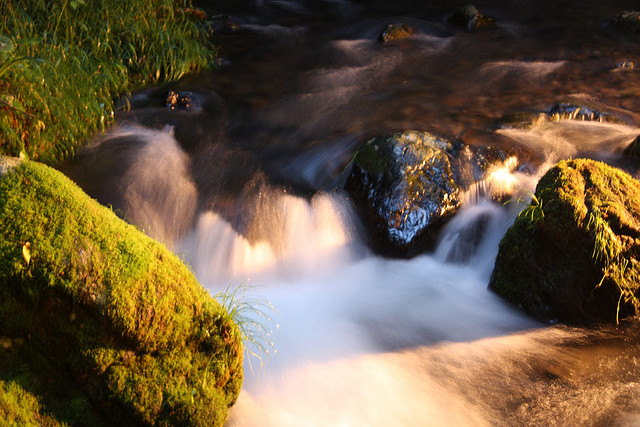Geishas Featured
 Geishas compared with a Maiko/Geisha apprentice is less showy. A Geisha kimono is usually a strong base color with a simple design and subtle patterns based on scenes from nature or traditional Japanese themes, according to the seasons. Similarly, the Obi / cloth around his waist, as most tend to be brocade fabric of a single color, usually adorned with minimal Obi belts and brooches.
Geishas compared with a Maiko/Geisha apprentice is less showy. A Geisha kimono is usually a strong base color with a simple design and subtle patterns based on scenes from nature or traditional Japanese themes, according to the seasons. Similarly, the Obi / cloth around his waist, as most tend to be brocade fabric of a single color, usually adorned with minimal Obi belts and brooches.
Everyday hairstyle of a Geisha is a relatively simple set of hair. Full-part wigs are worn for formal occasions and dance performances. At the more formal dress, she has a white makeup and wearing a black kimono with five symbols, two front and three at the back. A white-collar under the kimono is a sign of high status Geisha.
Compared to the old Japanese Geisha is a very different life today. The girls become Geishas of her own free will and stay as long as they wish. There are few Geishas left the profession and in danger of disappearing. Many old Hanamachi/Geisha district has also disappeared recently. There are those who talk of reinstating the traditional geisha’s world, but if this will ever happen is uncertain. Perhaps Geishas becomes another form of tourist attraction that will be adapted to the more modern Japan.


 Fukujuen is one of the most famous tea companies in Kyoto and has over 210 years of history. Fukujuen has recently opened a new and interesting ‘workshop where you can experience how to make tea. Not brew a cup of tea, but experience the process of preparing fresh tea leaves for brewing tea, first hand, by hand.
Fukujuen is one of the most famous tea companies in Kyoto and has over 210 years of history. Fukujuen has recently opened a new and interesting ‘workshop where you can experience how to make tea. Not brew a cup of tea, but experience the process of preparing fresh tea leaves for brewing tea, first hand, by hand.
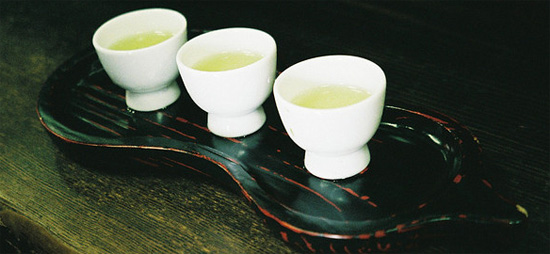
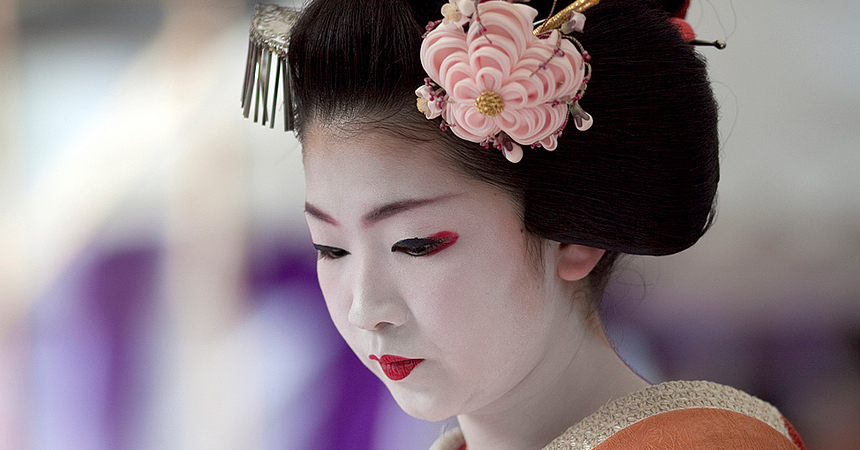
 Confronted with the Fujiwara conspiracy to banish him to Dazaifu, Michizane wrote the following poem in front of the ume trees at Kobaidono, the Michizane residence in Kyoto, just before he departed on the journey. When the east wind blows, loose your fragrance, for even without their master, ume blossoms should never forget Spring. There is a well known legend, the Tobiume Densetsu, which has it that out of their yearning, the ume trees flew all the way to Dazaifu in a single night, before Michizane even arrived there, to lay down new roots and release their fragrance for their master. As that famous poem shows, Michizane had an extraordinary love for ume blossom. Kitano-Tenmangu has about 1,500 ume trees of more than 50 types spread over the approximately 6.6 hectares of the shrine grounds, and today it is the most famous ume viewing spot in Kyoto. February 25th is the day of Michizane’s death, and the Baika-sai Ume Blossom Festival is held on this day every year. At the festival, always bustling with visitors, geisha from the Kamishichiken district of Kyoto brew tea in an outdoor tea ceremony amid the strong fragrance of the ume blossom. The best time to view the blossoms is the period from the end of February until the middle of March, when ume trees with either red or white blossoms, and both single and double-flowered blossoms fill the garden with their sweet fragrance.
Confronted with the Fujiwara conspiracy to banish him to Dazaifu, Michizane wrote the following poem in front of the ume trees at Kobaidono, the Michizane residence in Kyoto, just before he departed on the journey. When the east wind blows, loose your fragrance, for even without their master, ume blossoms should never forget Spring. There is a well known legend, the Tobiume Densetsu, which has it that out of their yearning, the ume trees flew all the way to Dazaifu in a single night, before Michizane even arrived there, to lay down new roots and release their fragrance for their master. As that famous poem shows, Michizane had an extraordinary love for ume blossom. Kitano-Tenmangu has about 1,500 ume trees of more than 50 types spread over the approximately 6.6 hectares of the shrine grounds, and today it is the most famous ume viewing spot in Kyoto. February 25th is the day of Michizane’s death, and the Baika-sai Ume Blossom Festival is held on this day every year. At the festival, always bustling with visitors, geisha from the Kamishichiken district of Kyoto brew tea in an outdoor tea ceremony amid the strong fragrance of the ume blossom. The best time to view the blossoms is the period from the end of February until the middle of March, when ume trees with either red or white blossoms, and both single and double-flowered blossoms fill the garden with their sweet fragrance.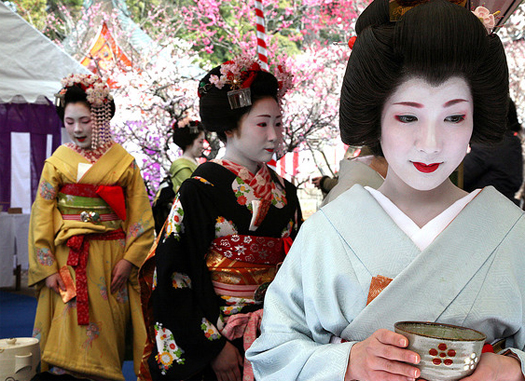
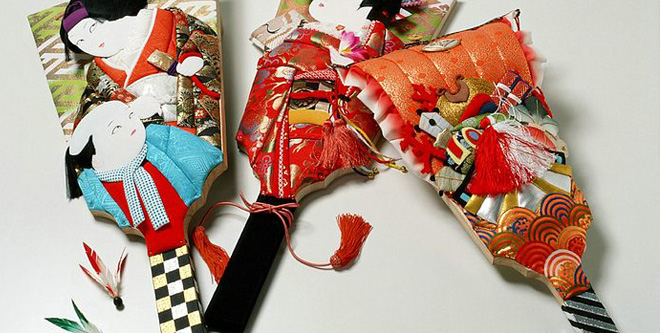
 Kanji hatsu means first or start in Japanese
Kanji hatsu means first or start in Japanese Higashiyama-ku, meaning “easten mountain ward,” is one of Kyoto’s eleven wards. It was created in 1929 when split off from Shimogyō-ku. From 1931 to 1976, it also covered present-day Yamashina-ku. It is roughly bound by Sanjō street in the north, and the Jūjō street in the south, the Kamo River on the west, and the Higashiyama mountain range on the east. Its primary attractions include the Gion District and Yasaka Shrine, the stone-paved roads Ninenzaka and Sannenzaka leading up to Kiyomizu Temple, Tōfuku-ji, Kennin-ji, Kōdai-ji, and Sanjūsangen-dō.
Higashiyama-ku, meaning “easten mountain ward,” is one of Kyoto’s eleven wards. It was created in 1929 when split off from Shimogyō-ku. From 1931 to 1976, it also covered present-day Yamashina-ku. It is roughly bound by Sanjō street in the north, and the Jūjō street in the south, the Kamo River on the west, and the Higashiyama mountain range on the east. Its primary attractions include the Gion District and Yasaka Shrine, the stone-paved roads Ninenzaka and Sannenzaka leading up to Kiyomizu Temple, Tōfuku-ji, Kennin-ji, Kōdai-ji, and Sanjūsangen-dō. Kyoto Arashiyama Hanatouro
Kyoto Arashiyama Hanatouro
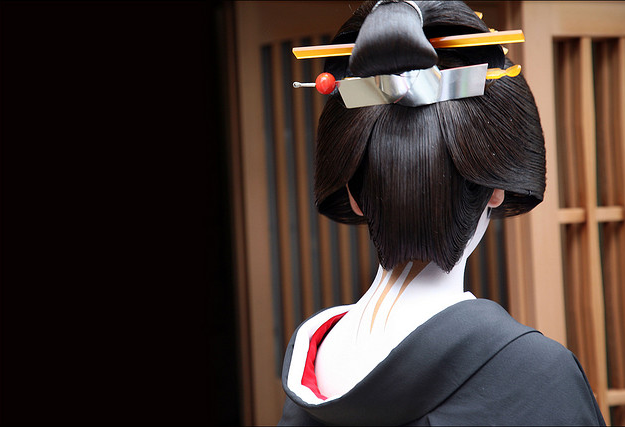 Yasunari Kawabata, the first Japanese to win the nobel prize 1968 once wrote “If for no other reason than to preserve traditional hairstyles, the geisha’s existance is vital. I wonder how and when these hairstyles developed.”
Yasunari Kawabata, the first Japanese to win the nobel prize 1968 once wrote “If for no other reason than to preserve traditional hairstyles, the geisha’s existance is vital. I wonder how and when these hairstyles developed.”